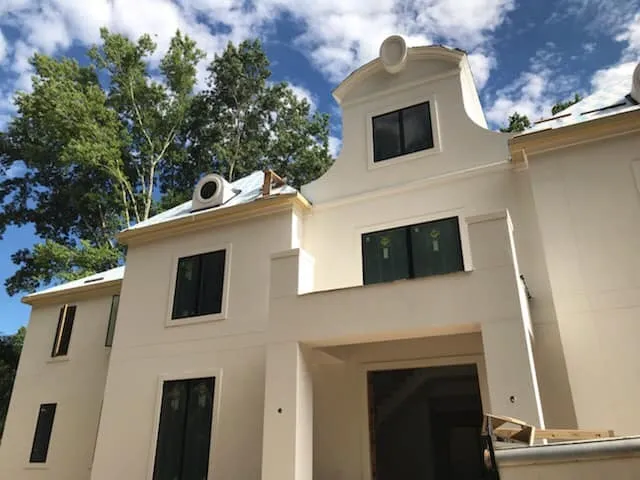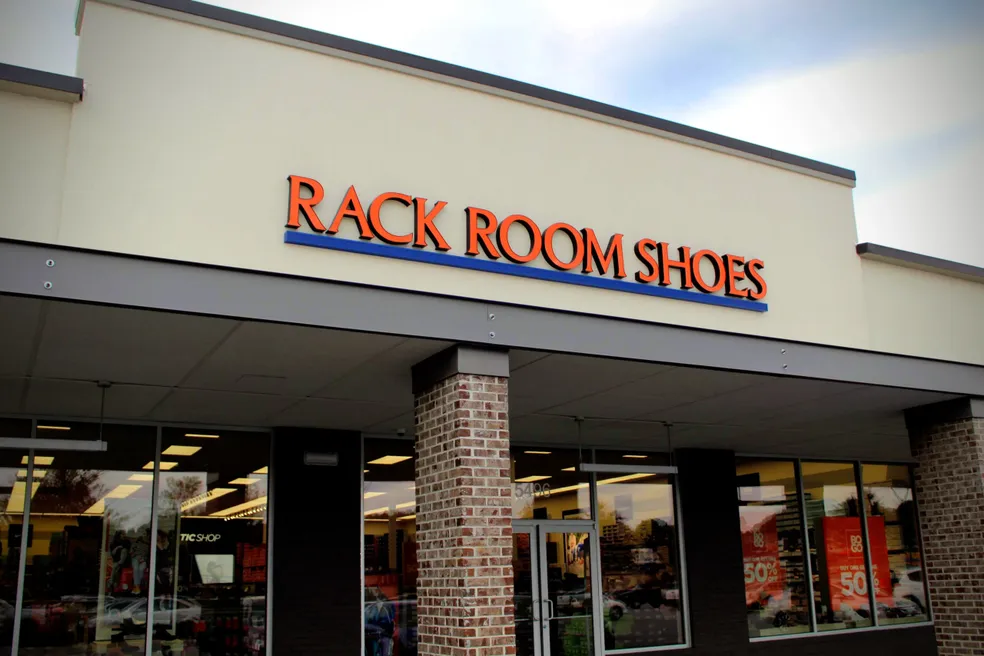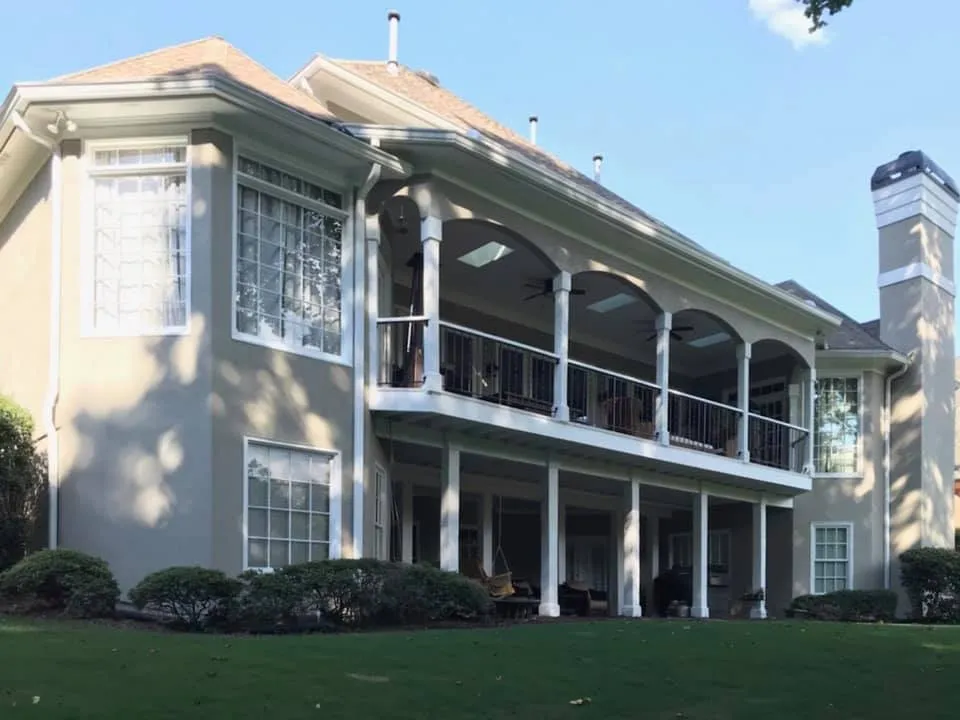Modify Existing Systems
Our service offers comprehensive alterations to your current systems, including Advanced Stucco Repair, providing commercial clients with improved functionality and efficiency for their business operations.
Have a question before scheduling?
Expert Stucco Installation & Repair for Homes and Businesses in Georgia
Experience predictable project costs with transparent pricing – materials, labor, and cleanup included. Proudly serving Georgia for over 24 years.
- Clear, upfront pricing with no hidden fees or surprises
- Prompt, local service—flexible scheduling for both homeowners and builders.
- Expert stucco installation and repair for commercial and residential properties.
- Clean, professional work zones with respect for your property and timeline.
- Easy estimates and communication with a responsive local team.
- Quality craftsmanship that meets local codes and enhances long-term value.

Our Stucco Process: What to Expect From Start to Finish
Request Your Quote
Tell us about your project – residential or commercial – and we’ll provide a detailed, no-obligation estimate with clear timelines.
On-Site Evaluation
We inspect the property to assess existing surfaces, moisture control, and project scope to ensure accurate pricing and flawless results.
Material Selection & Preparation
We help you choose the right stucco type, texture, and color for your building, then prep the surface for proper adhesion and durability.
Expert Application
Our licensed team applies each layer with precision — from scratch coat to finish coat — ensuring consistency, strength, and visual appeal.
Curing & Quality Inspection
After application, we allow proper curing time and perform a full quality check to confirm color uniformity, adhesion, and finish integrity.
Cleanup & Final Walkthrough
We leave the site clean and conduct a final walkthrough with you to guarantee satisfaction before closing out the project.
Transforming Your Existing Systems
Take your business to the next level with our Advanced Stucco Repair services. We specialize in stucco upgrades and EIFS system modifications, enhancing the energy efficiency of your building while giving it a fresh, modern look. Don’t let outdated systems hold you back – contact us today for a consultation.
- Our team expertly retrofits dryvit, ensuring a seamless integration with your existing structures.
- We adjust EIFS insulation to optimize temperature control, saving you on energy costs.
- Our services include updating stucco façades, giving your building a visually appealing exterior that stands up to the elements.
- We rework wall systems to improve overall structural integrity and performance.


Optimizing Systems with Advanced Stucco Repair
From hospitality to retail, various industries face the challenge of maintaining their building’s aesthetic appeal while ensuring energy efficiency and structural integrity. Advanced Stucco Repair helps navigate these constraints, providing solutions such as EIFS system modification and stucco upgrades that align with budget, timeline, and compliance requirements.
- Advanced Stucco Repair can guide you in choosing the right approach to retrofitting dryvit, enhancing your building’s appearance without compromising on quality.
- We help businesses identify opportunities for energy savings through EIFS insulation adjustments, contributing to a more sustainable operation.
- Our expertise in updating stucco façades enables clients to refresh their exterior look while adhering to industry standards and regulations.
- We assist in reworking wall systems to bolster structural performance, ensuring your building remains robust and reliable over time.
Unlocking the Benefits of Advanced Stucco Repair
Investing in Advanced Stucco Repair not only revitalizes your building’s exterior but also delivers tangible benefits such as improved thermal performance, cost-effectiveness, and enhanced structural resilience. Our solutions are designed to streamline your operations while ensuring a visually pleasing aesthetic.
- By retrofitting dryvit, we provide a cost-effective solution that enhances your building’s curb appeal without sacrificing durability or quality.
- Our EIFS system modification services improve thermal efficiency, leading to significant energy savings and a reduced carbon footprint for your business.
- Updating stucco façades not only refreshes the look of your building but also provides an additional layer of protection against weather elements.
- Reworking wall systems with our advanced techniques ensures long-term structural stability, reducing the need for frequent repairs and maintenance.

Take the Next Step with Advanced Stucco Repair
Ready to enhance your building’s efficiency and appeal? Contact us today for a tailored quote on our comprehensive stucco upgrades and EIFS system modifications.
Our dedicated team at Advanced Stucco Repair is at-the-ready to provide you with great customer service and first class Modify Existing Systems. Reach out to us at (888) 592-1304 to discuss your Modify Existing Systems needs today!

Diving Deeper into Advanced Stucco Repair
Our Advanced Stucco Repair service employs a meticulous process that begins with a thorough assessment of your existing systems. We identify areas that require stucco upgrades or EIFS system modifications, and devise a tailored plan to retrofit dryvit or adjust EIFS insulation as needed. Our team ensures minimal disruption to your operations, adhering to agreed-upon schedules and maintaining strict quality control throughout the project.
- We use state-of-the-art equipment and techniques for precise stucco application and dryvit retrofitting.
- Our EIFS system modifications are carried out by trained professionals, ensuring optimal results.
- We prioritize safety and compliance in all our operations, from adjusting EIFS insulation to updating stucco façades.
- Our team provides regular updates on project progress, keeping you informed every step of the way.
- We offer post-service support, addressing any concerns promptly and efficiently.
Understanding the Cost Factors of Advanced Stucco Repair
The cost of Advanced Stucco Repair is influenced by various factors including the scope of work, accessibility of the area, risk level, labor and time requirements, equipment used, compliance with regulations, and prevailing market conditions. The cost for services such as stucco upgrades or EIFS system modifications can vary significantly based on these factors. It’s important to note that quotes are tailored to the specific needs and conditions of your site.
- The extent of stucco damage or degradation directly impacts the cost due to varying labor and material requirements.
- Accessibility issues may necessitate specialized equipment or additional labor hours, influencing the overall cost.
- Compliance with local building codes and regulations can also affect costs, particularly when retrofitting dryvit or adjusting EIFS insulation.
- Market conditions and seasonal demand can fluctuate, impacting the cost of materials and labor for Advanced Stucco Repair.
- Risk levels associated with structural issues may necessitate additional safety measures during repair work, potentially increasing costs.


Real-World Applications of System Modifications
In the commercial sector, the need to Modify Existing Systems is often driven by factors such as business expansion, energy efficiency goals, or regulatory compliance. For instance, a retail store might require Advanced Stucco Repair to enhance its exterior appeal and thermal performance. Similarly, a hotel could benefit from EIFS system modifications to meet stringent energy codes. Even office buildings may need dryvit retrofitting to improve structural resilience and reduce maintenance costs.
- A restaurant expands and requires stucco façade updates.
- An office building aims for energy efficiency with EIFS modifications.
- A retail outlet enhances curb appeal through dryvit retrofitting.
- A hotel meets regulatory standards with comprehensive system alterations.
Implementing Advanced Stucco Repair: The Process
Our Advanced Stucco Repair process is a methodical approach that begins with a comprehensive evaluation of your existing systems. We identify areas in need of stucco upgrades or EIFS system modifications, and establish a detailed plan to execute the necessary changes. Our team ensures adherence to safety guidelines and regulatory compliance, while minimizing disruption to your operations.
- We conduct an initial assessment to determine the scope of work, including potential stucco upgrades or EIFS system modifications.
- Our team develops a tailored plan, outlining the steps for retrofitting dryvit or adjusting EIFS insulation as needed.
- We implement the planned modifications, ensuring quality control at every stage of the process.
- Throughout the project, we maintain open communication, providing regular updates on progress and addressing any concerns promptly.
- Upon completion, we conduct a final inspection to ensure all work meets our high standards and your satisfaction.

Testimonials From Our Customers
At Advanced Stucco Repair, we believe that every exterior matters. Home and business owners trust us for expert stucco installation, repairs, and maintenance—whether it’s a single-family residence or a commercial building. We focus on dependable service, clear communication, and results that last.

Frequently Asked Questions About Advanced Stucco Repair
Understanding the ins and outs of Advanced Stucco Repair can be complex. Here, we address some common queries to help you make informed decisions about your system modifications.
